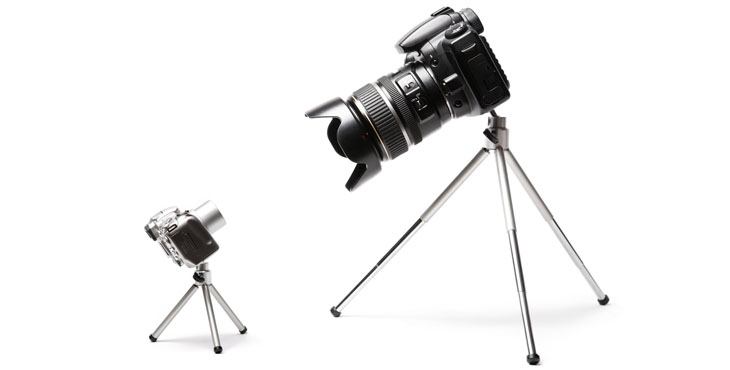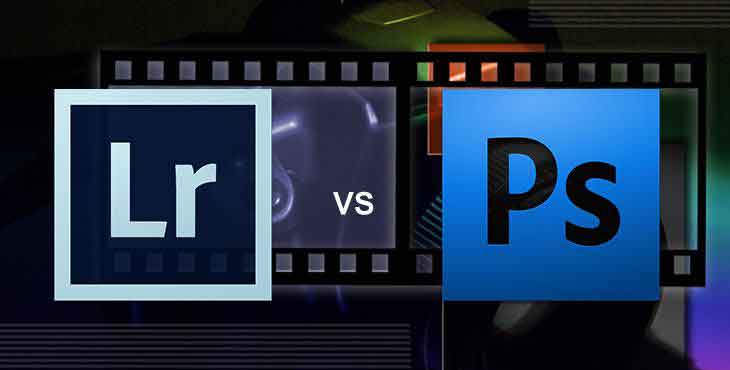The key to starting a new business is to offer a product or service that’s both unique and in-demand. In many markets, a virtual tour business fits the bill perfectly. Virtual tours are often used in real estate to help move properties faster, but they’re also helpful tools for hotels and vacation destinations. Virtual tools can even be used to sell cars, RVs and boats. Virtual tour services can even be added on to an existing real estate photography business.
But, here’s the thing: Entrepenuer.com estimates that start-up costs for virtual tour businesses range from $10,000 to $50,000. While virtual tour businesses can earn upwards of $100,000 a year, footing a bill that high to get started is tough, not to mention risky.
But, getting started doesn’t have to be so expensive. Here’s how to start a virtual tour business, affordably.
Step 1: Research the Market
Before you do anything, do your research. Is there already another virtual tour company in your area? If so, what are some of the ways that you could set yourself apart? Look for different ways to specialize, some virtual tour businesses will cover a wide variety while others will stick within a narrower topic, like only real estate or only tourist destinations. Make sure that there’s enough demand for you to operate within your target area.
Step 2: Get the Paperwork
Once you’ve identified your niche, it’s time to make it official. Start by brainstorming your business name. The best names are short but memorable and also describe what you are doing. Do a quick web search to make sure that name isn’t taken by anyone else, and also make sure that yourbusinessname.com isn’t already taken. Then, fill out the proper paperwork. For liability protection, you can choose to form an LLC. The exact requirements are different based on where you live, so check with local government resources.
Step 3: Get the Gear and the Know-How
Ideally, you should already have an interest in photography if you are looking to start a virtual tour business. Before you start charging customers, make sure you know how to take good real estate photographs with a class or hands-on experience.
You’ll also need a DSLR, but you don’t have to pick up the most expensive camera there is. A budget DSLR works fine for still subjects like real estate and virtual tours. You’ll also need a wide-angle lens. A tripod and a good flash are also helpful tools.
If you are looking to start a virtual tour business on a budget, instead of paying for expensive software and spending extra time and resources learning how to use it, use an affordable virtual tour service. Besides being more affordable up front, using a service helps you use your time the most efficiently and produce the best results with no photo editing experience.
Step 4: Develop a Portfolio and a Website
While you can choose to open a physical office, to keep start-up costs low, concentrate on your electronic location. Develop a portfolio that will show off your best work. Create a virtual tour of your own home or a friend’s. Or, offer a low-priced introductory special to build your portfolio. To keep costs low, you can use a portfolio website developer, like Photoshelter or Zenfolio.
Step 5: Develop a Service and Price Chart
You’ve got your website down, but how much are you going to charge? That’s one of the toughest choices when getting started, but essential to a successful business. To start, identify your hourly goal. Then, determine how much time it takes to put together a complete virtual tour. Factor in some extra time that you’ll undoubtedly need to spend on marketing and communicating with clients and multiple that by your hourly goal. Then, subtract any recurring expenses, like the cost of virtual tour editing and website hosting. Factor in a small portion so that you can replace your camera and gear when needed as well. Check with local competition to see how that price stacks up—if you save time by using a photo editing service, you can often price more competitively (or perhaps keep more income for yourself).
It’s important to develop a few different price points. Include an affordable package that’s just a room or two, as well as a larger package for bigger properties.
Step 6: Start Marketing
You’ve got the business name; the portfolio, and the price sheet—now start spreading the word. Marketing doesn’t have to be expensive, especially when you can easily identify your target audience. For example, if you offer virtual tours to real estate agents, you could call a few of the agents in your area and tell them about your service. Better yet, stop by during an open house and leave them a business card.
Additional affordable marketing ideas for virtual tour businesses could include blogging, social media ads, mailers, flyers or printed door hangers. When you have a small marketing budget, you just have to get creative with reaching out to your target client.
The virtual tour business can be an excellent opportunity in the right geographic areas. Virtual tours are unique, yet are often an in-demand service. While you could spend as much as $50,000 getting started, by choosing a basic DSLR, using an editing service and prioritizing a website over a physical location, you can get your feet off the ground with a minimal investment.
– SmartPHOTOeditors

